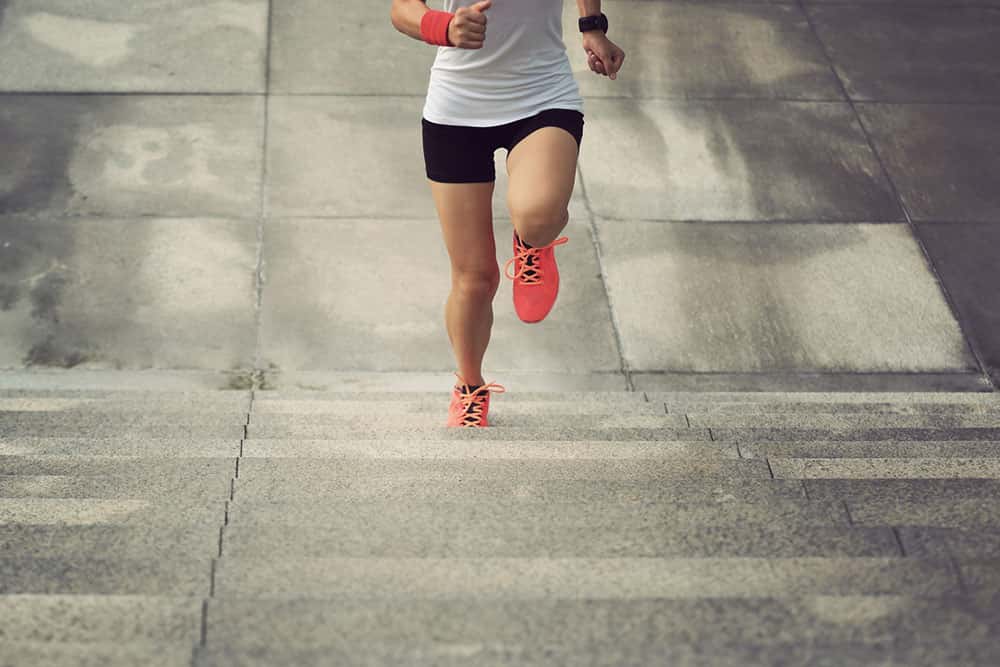Day 1 of the American College Sports Medicine Conference – 2017

Exercise is Medicine for Mental Illness: Developing Feasible and Effective Interventions for Real-world Clinical Settings
Julia Basso – PhD
Stepping up the treatment of mental illness: feasibility and acceptability of a 12-week exercise program for help-seeking youth with mood and anxiety disorders (Oscar Lederman, South Eastern Sydney Local Health District)
Individuals both at risk for mental health issues or those who have experienced a first episode psychotic experience show lower fitness, decreased physical activity levels, and poorer sleep quality. Exercise physiologists in Australia are developing a program called headspace Active to develop a pragmatic physical activity program with the goal of embedding this program in standard mental health care practices. In regards to mental health issues, Lederman says that, “ We know that exercise works, but we want to know how to best implement these programs into the lives of these individuals in a real way.”
Feasibility of maximal strength training in treatment of anorexia nervosa (Solfrid Bratland-Sanda, University College of Southeast Norway)
When it comes to eating disorders, exercise is often seen as a “double-edged sword”. In patients with eating disorders, exercise can be used in an excessive and compulsive manner; however, it has also been shown to have therapeutic benefit when used as a part of treatment. Problems such as osteopenia and osteoporosis are common symptoms in patients with anorexia nervosa, and so strength training may be used as a way to prevent these bone-related issues. In a recent study, moderate strength training over a 16-week period (3, 60-minute sessions per week) in patients with AN was shown to both increase muscle strength and power as well as improve AN symptoms, especially as it related to dietary restraint.
Post-traumatic stress disorder in emergency service workers: The role of physical activity (Simon Rosenbaum, UNSW Australia)
When we think of post-traumatic stress disorder (PTSD), we think of veterans – those individuals who have experienced war. PTSD is also common in emergency workers, such as fire fighters, police, and paramedics. Physical activity interventions can be used as an effective means of decreasing post-traumatic stress disorder symptoms, especially when it comes to insomnia, depression, anxiety, and stress – with the largest improvements seen with depressive symptoms. In addition, physical activity can be used as way to help with functional recovery in patients with PTSD, with a major goal being of getting these individuals back to work.
Integrating lifestyle interventions for people with treatment-resistant psychotic disorders – keeping the body in mind for people prescribed clozapine (Phillip Ward, UNSW Australia)
Keeping the Body in Mind (KBIM) program is being developed as a way to make physical activity a part of routine care in the lives of individuals with severe mental illness (SMI). This means making the dietician and exercise physiologist an integral part of care and the treatment process. Patients with SMI are often taking clozapine, a 2nd generation anti-psychotic medication, and this often leads to weight gain (especially within the first 2 years of treatment), metabolic issues, and increased risk for cardiovascular disease. Recently, the KBIM program was shown to help to significantly decrease weight gain in patients with SMI who are taking anti-psychotic medications – Amazingly, 75% of participants did not experience clinically significant weight gain at the two year follow up. This in turn will help these patients to have a decreased risk for other chronic illnesses and improve their life expectancy.
Exercise is Medicine for the Brain
The state of our physical health and the role of exercise and organized sports in promoting mental health and treating mental illness (Robert Sallis, FACSM)
Children exercise less as they get older, and during the adolescent years, the rates of individuals meeting the recommendations for exercise significantly drops off. Regular physical activity in children and adolescents leads to better performance in school, increased levels of self-esteem and improved mental health, such as lower rates of ADHD, depression, and anxiety. Dr. Robert Sallis urges us that we need large scale exercise prescription initiative. The fitness industry needs to merge with the fitness industry. During his talk, he asked, “Why isn’t [fitness] a part of childhood that you can’t get out of – like math and science?” He believes that, “As physicians, we have responsibility to assess and prescribe physical activity.”
The role of exercise and organized sports in academic performance and social development (Elizabeth Joy, FACSM)
Physically active children are less likely to be obese, less likely to use illicit substances, less likely to develop mental health issues, less likely to have risky sex, more likely to go to college, and more likely to be physically active as adults (and the list goes on); however, only ~30% of children are meeting the recommended levels of physical activity. Unfortunately, most of the school day is spent sitting and physical education programs have been cut out of the curriculum in many school systems. There is no doubt that physical activity is good for the school-aged brain and in fact, physical fitness is positively associated with academic performance. In addition, physical activity and physical fitness help support positive psychosocial behaviors and social skills.
The role of nutrition and brain health (Melinda Manore, FACSM)
Diet is important for brain health throughout all stages of life. The Mediterranean diet and DASH diet have been shown to be especially important for brain health. These nutrient-rich diets are marked by increased whole grains, fruits, vegetables, legumes, nuts, and olive oil, and decreased dairy, poultry, red meats and sweets. These foods have increased levels of omega-3 fatty acids, polyphenols, vitamins (especially B-vitamins and antioxidants), zinc, and iodine. Diets such as these help decrease the risk of inflammation, insulin resistance, and other chronic diseases, and can help prevent cognitive decline, dementia, and Alzheimer’s disease.
The role of exercise in treating traumatic brain injury and neurodegenerative diseases (Ross ZaFonte, Harvard University)
Traumatic brain injury leads to a range of brain issues including increased brain inflammation, abnormality in neuronal functioning, and cellular death. In addition, TBI causes cognitive impairment and can lead to increased risk for neurodegenerative disorders such as Parkinson’s and Alzheimer’s disease. Exercise can be helpful in treating symptoms of TBI as well as improving the brain anomalies associated with TBI; however, the timing of the exercise is very important. Waiting some period of time after TBI (21 days after injury in the rodent) is important to ensure a positive outcome. In patients with TBI, exercise can also help delay the onset or improve symptoms related to TBI-associated neurodegenerative diseases. This work has largely been informed by basic science, and more clinical trials are needed in humans to investigate the positive effect of exercise on patients with TBI.
Morris/Paffenbarger Exercise is Medicine Keynote Lecture
Physical Activity and Cardiovascular Prevention (Dr. Mai-Lis Hellénius, Karolinska Institute)
The main message: sedentary behavior is associated with poor cardiovascular health outcomes. Exercise is important and we need to get people active as it improves a range of cardiovascular health issues, such as improved blood pressures and decreased levels of triglycerides and cholesterol.
“Guidelines” for tomorrow at the American College Sports Medicine Conference
- Avoid prolonged sitting.
- Increase everyday activity.
- Accumulate at least 10,000 steps per day.
- Engage in light to moderate physical activity (exercise) for 30-60 minutes per day accumulated or at least five days per week.
- Progressive resistance training 2-3 times per week, several major muscles, repetitions x8.
- Remember, every step counts and it has to be fun!
You Might Like:
















